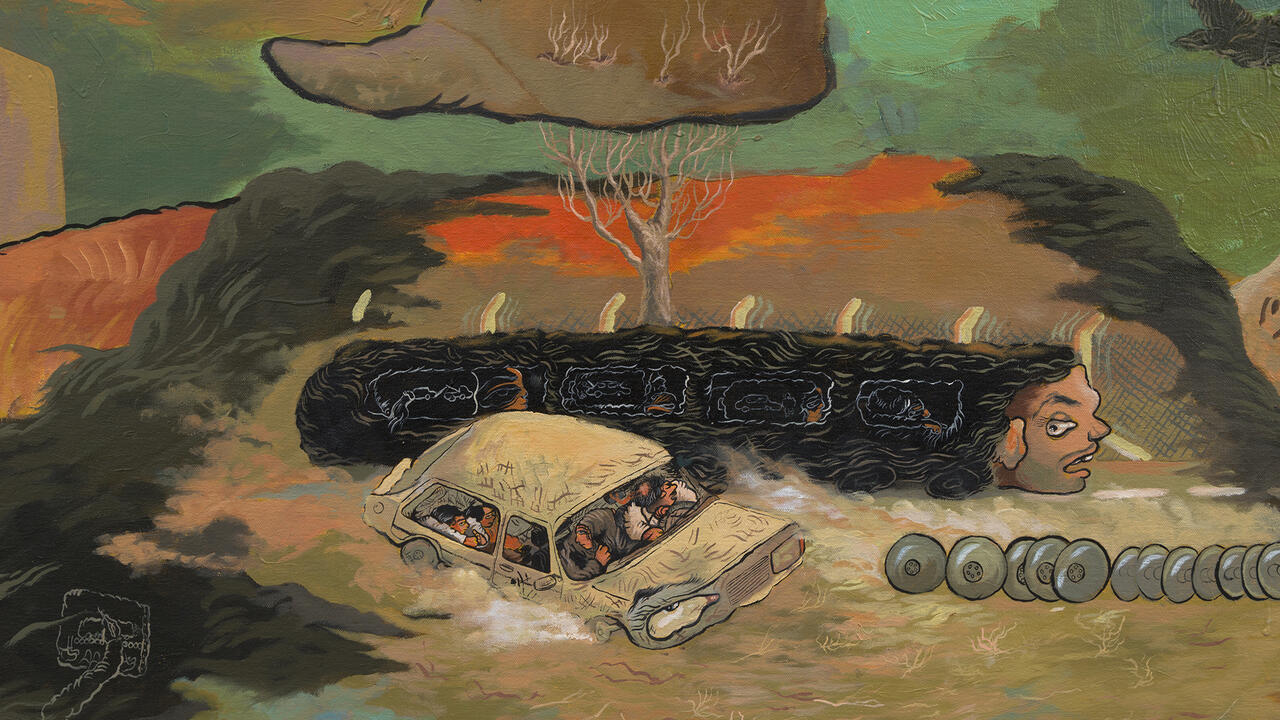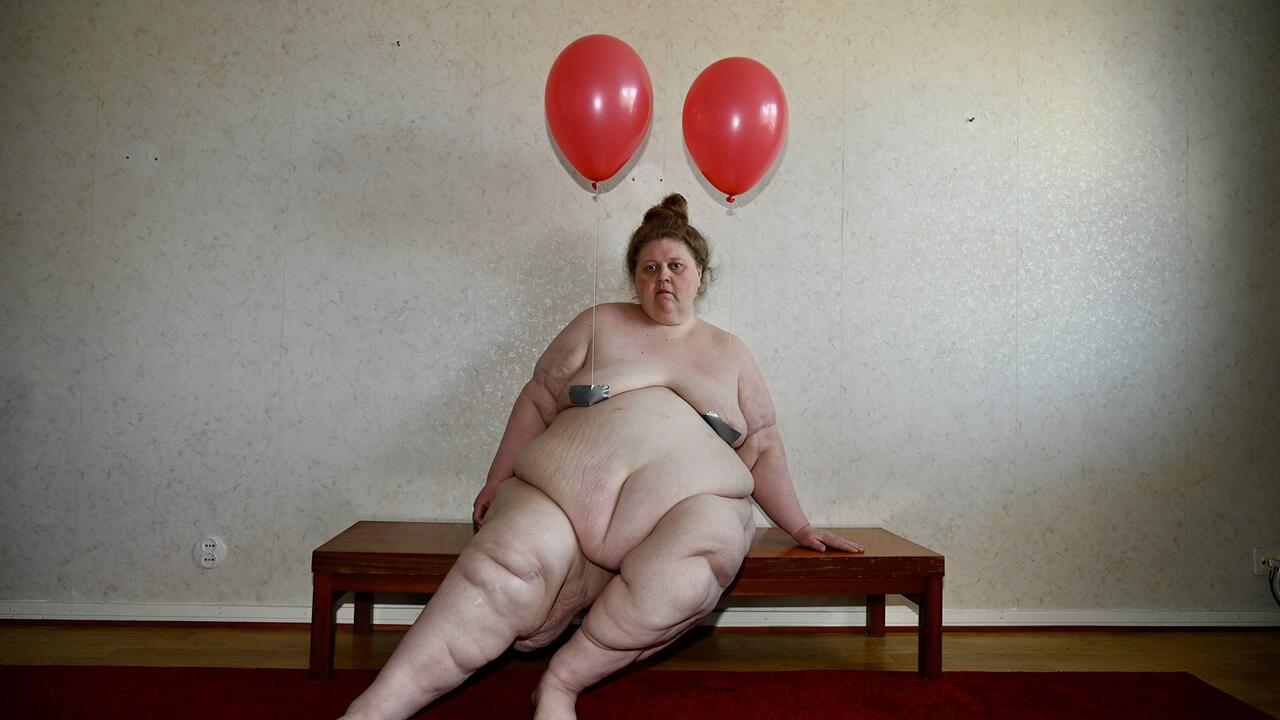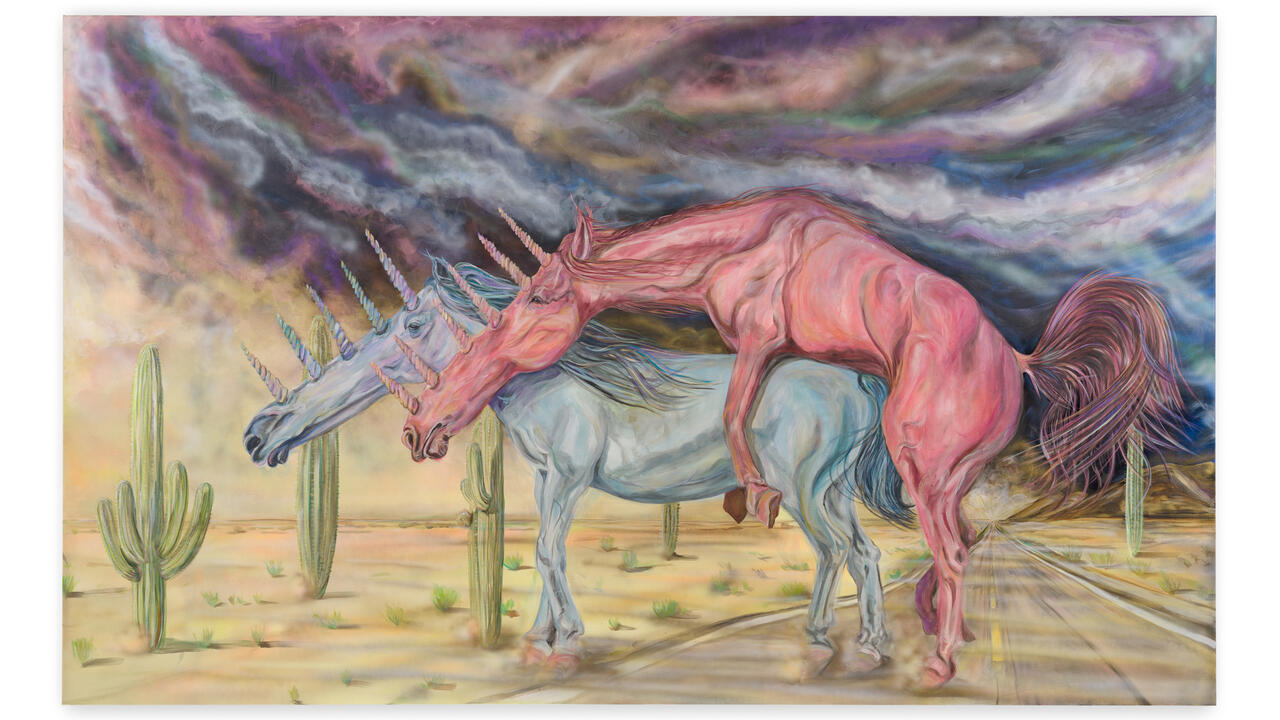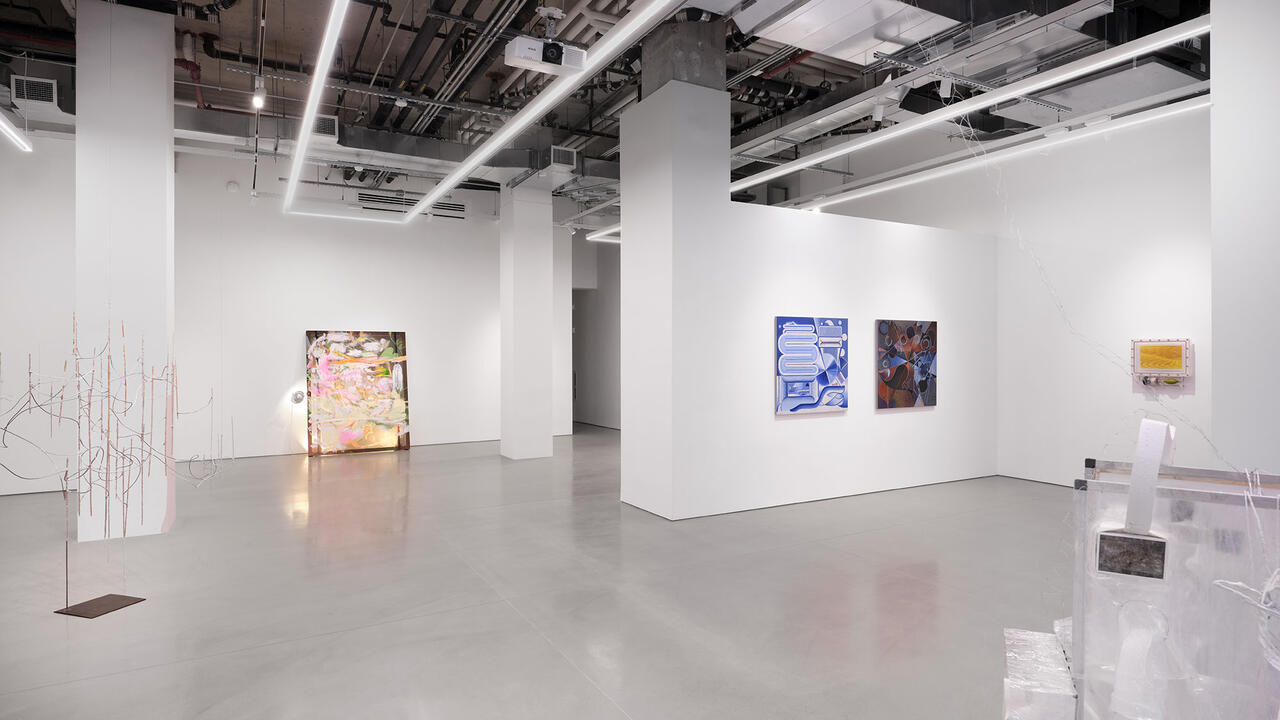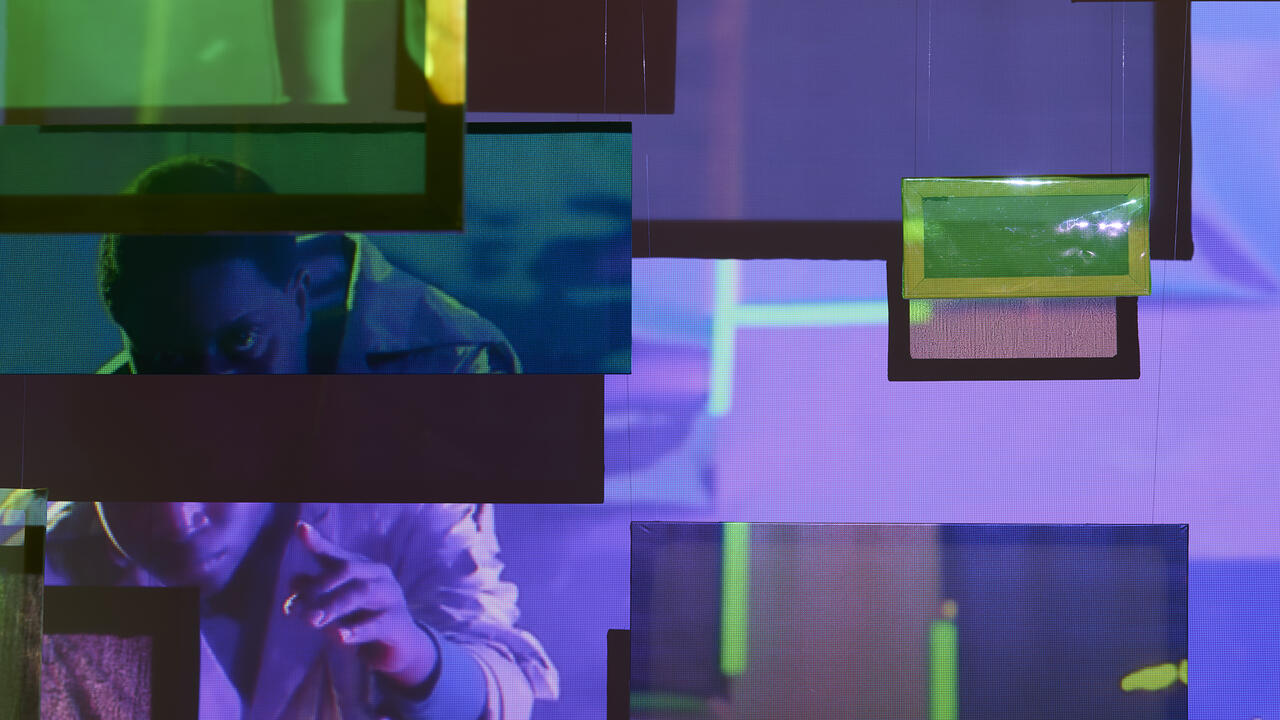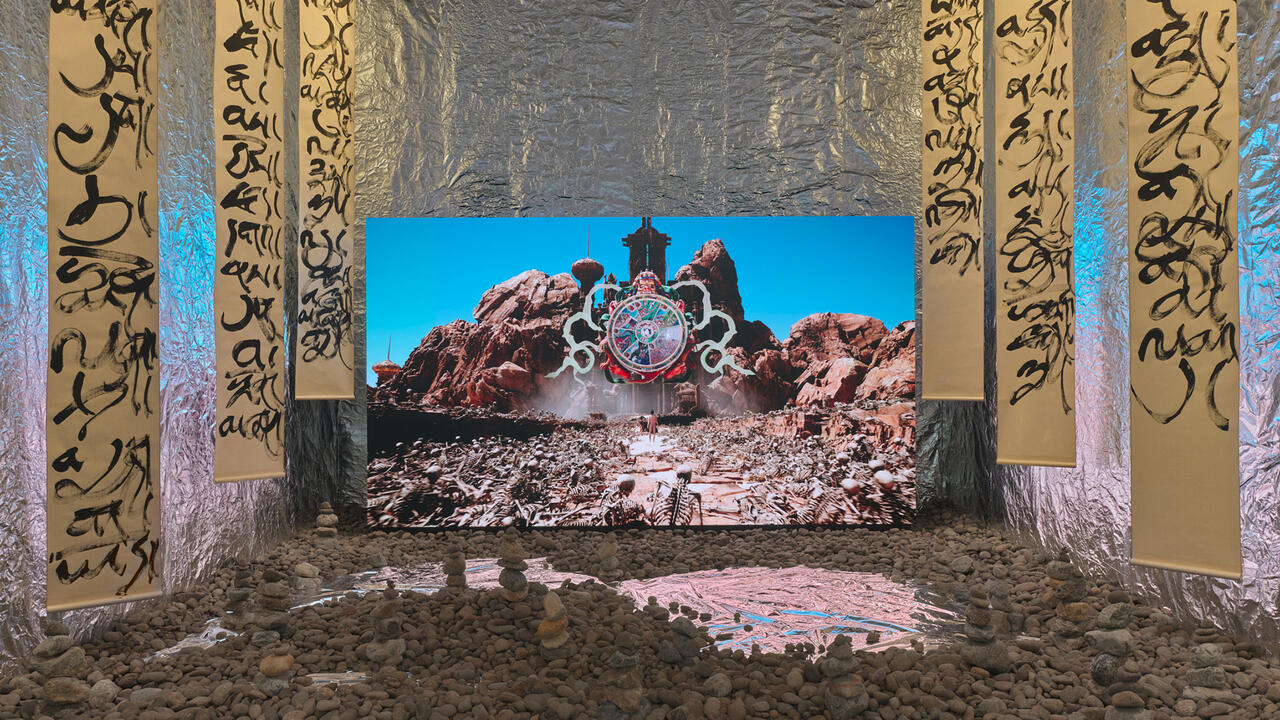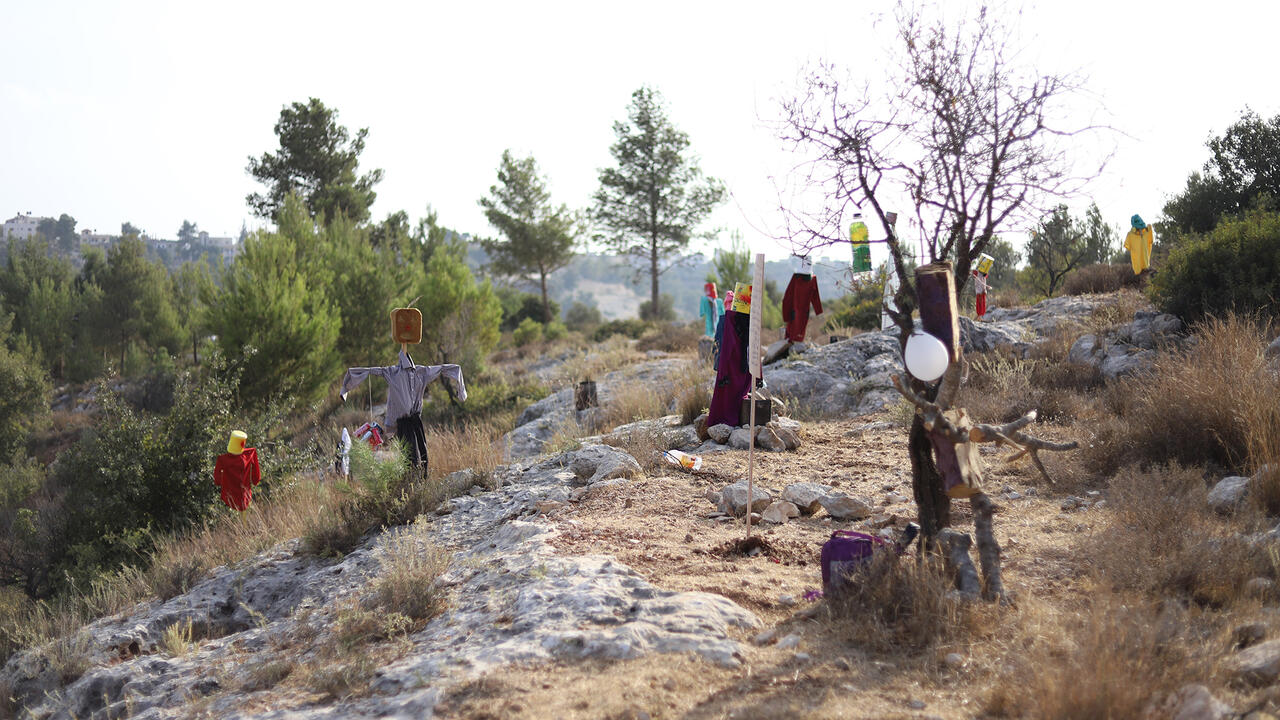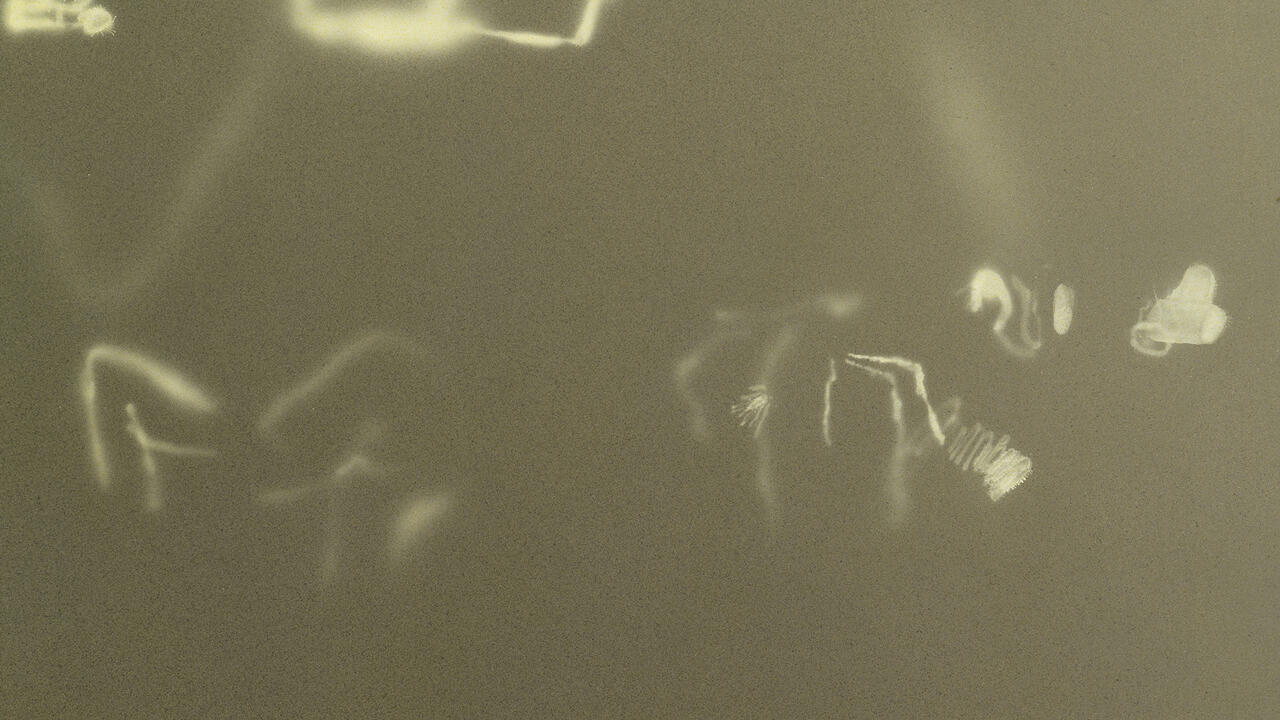Kerry James Marshall
Met Breuer, New York, USA
Met Breuer, New York, USA

Every so often, a museum stages the correct show at the correct time. This is, without a doubt, the case with the Met Breuer’s masterful new exhibition, ‘Kerry James Marshall: Mastry’. In light of the recent election of Donald Trump and the rise, in a new cast, of very old American white identity politics, the success of Black Lives Matter, over the last few years, in reframing the conversation on state violence against black and brown people and the prison-industrial complex, and the final months of Barack Obama’s eight-year tenure as the first black president of the United States, ‘Mastry’ stands as a counterstatement, a tribute and a memorial.
‘Mastry’ is the largest retrospective to date of one of America’s finest artists. It includes almost 80 works, most of them paintings (as well as a small sample of his photography), and provides numerous opportunities to reflect upon the tenuous period we are now departing and the uncharted one we are about to enter. Marshall is clearly steeped in Western and global pictorial traditions as well as in black aesthetics and culture, from the most refined to the popular and vernacular; his life and career have paralleled the numerous, momentous shifts in contemporary American and black history of the last half century. He successfully captures and reflects these trajectories, while also keeping a celebration of the black figure, and blackness itself, at the centre of his art.

Born in Birmingham, Alabama, in 1955, Marshall grew up in Watts and South Central Los Angeles, graduating from Otis Art Institute, with a stop at the Studio Museum in Harlem’s prestigious residency programme along the way. He now lives, teaches and makes art in Chicago. His paintings, often described as ‘narrative’, index both his own personal history and the broader story of Black America and the diaspora through a variety of formal and representational approaches, including historical tableaux, landscape, genre painting and portraiture, as informed by everything from murals to comic strips.
The first two paintings that greet viewers, De Style and The Lost Boys (both 1993), initially marked a new level of fluency in his career. These magnificent, large-scale works, in acrylic with collage, feature many of Marshall’s visual hallmarks, including references to black working-class life, spiritual and numerological symbology, and a wink – with a bit of shade – at prior Euro-American art, especially in terms of its structural composition. Another (and perhaps the primary) Marshall trademark is his inclusion of black figures, whose skin – representing the antithesis of the Western ideal and a touchstone for a new standard of beauty – appears almost matte at first but reveals subtle nuances of hue and warmth upon closer inspection.

De Style depicts Perry’s House of Style, a black barbershop. Historically, such sites were key repositories of African-American culture and exchange. Amid the expected imagery –which includes Ultra Sheen, an Ebony magazine hair conditioner ad, a cropped Joe Louis photo and the marbled black tile floor (with pools of kinky shorn hair included) – there are also more mysterious elements, such as the ‘K7s’ floating in pink stars above the shop’s workers and customers, and a collaged image of a woman’s reproductive organs, as if to arrest a simplistic reading. Riffing off the old masters’ compositional bones as well as modernism’s flattened perspectives (including De Stijl grids), most of De Style’s figures directly engage the viewer’s gaze, except the one at the centre, whose side glance – like his crown of dreadlocks and natty suit – hint at stories that this, and Marshall’s paintings in general, know yet never fully reveal. De Style and The Lost Boys are also a memorial to children killed by gun violence, years before the murders of Michael Brown, Trayvon Martin, Tamir Rice and so many others; Marshall thus welcomes all viewers into the painting’s frame, but with the proviso that only through a deeper engagement with the black imaginary from which the paintings derive can we hope to truly crack their visual code.
Literary and historical figures recur throughout Marshall’s oeuvre, beginning with The Invisible Man, a 1980 diptych in acrylic, in which he contrasts a tiny peach monochrome – like white flesh under a microscope – with a caricatured self-portrait of a black man, almost invisible against a black ground. This work manages simultaneously to critique American minstrelsy and white supremacy, to pay homage to the protagonist in the eponymous novel by Ralph Ellison, who inspired Marshall’s return to figurative painting after a stint with abstraction, and also to humanize blackness. Invisible Man, a 1986 revision of the previous painting, enlarges the canvas, eliminating the lighter monochrome altogether in favour of the other. This painting is almost completely black on black. Marshall again references racist caricature, but repurposes the imagery, in part through the figure’s physical modesty and beacon-like eyes, which symbolize Marshall’s aesthetic vision and point to multiple future directions the artist will pursue in subsequent paintings. (Interestingly, they also prefigure Kara Walker’s silhouettes and Chris Ofili’s Blue Rider paintings.)

Marshall’s maturation as an artist, as well as his shifts in scale and focus, are continuously on display. Some of his finest paintings, such as Slow Dance (1992–93), depict black heterosexual romance on an intimate scale, while sacrificing none of his imagistic mystery. Others, such as the ‘Five Gardens Pictures’ project, a series of nine mid-1990s paintings shown together for the first time in this exhibition, collectively and collaboratively create narratives about urban black life. These works especially succeed, to stunning effect, in wringing beauty – and sublimity, given the immense size of the canvases and the barely hidden horror and dark symbolism in many of them – out of the vast, increasingly inhuman warehouses and laboratories for economic and social neglect that public housing projects became in the US and, particularly, in Chicago.
In addition to showing Marshall’s work, the Met invited him to select and exhibit works by other artists from its collection. This curated display on the third floor of the Breuer building not only enriches but sharpens the viewer’s sense of Marshall’s achievements, demonstrating how essential African-American art and artists are to any understanding of the American and Western aesthetic traditions, but also how aesthetic dialogues always flow in multiple directions. His selections open up a genealogy via the layered media and commanding spiritual power emitted by a Dan face mask, George Seurat’s pointillistic precision, Jacob Lawrence’s flattened planes and vernacular tableaux or Tsukioka Yushitoshi’s complex compositions.

Marshall’s art seems as much in conversation with, as counternarrative to, some of Western art’s commonplaces: the ghostly whiteness of Jean Auguste Dominique Ingres’s Odalisque in Grisaille (1824–34), for instance; the almost insolent pinkness in the face of John Graham’s Celia (1944), who stares back as if in shock at the figures in nearby rooms; or the mocking leisure of Balthus’s Thérèse (1936). Marshall’s female figures, even in joy, appear aware of history’s spectre, of the necessity of double vision: and only in the rarest cases do they fully let their guard down.
‘Mastry’ is art America needs, and needs to see right now. The Met Breuer, as if prescient, is running the exhibition right through to Inauguration Day. Don’t miss its mojo, because you just may need it in the years to come.
Main image: Kerry James Marshall, Bang (detail), 1994, acrylic and collage on canvas, 2.6 × 2.9 m. Courtesy: The Progressive Corporation © Kerry James Marshall









